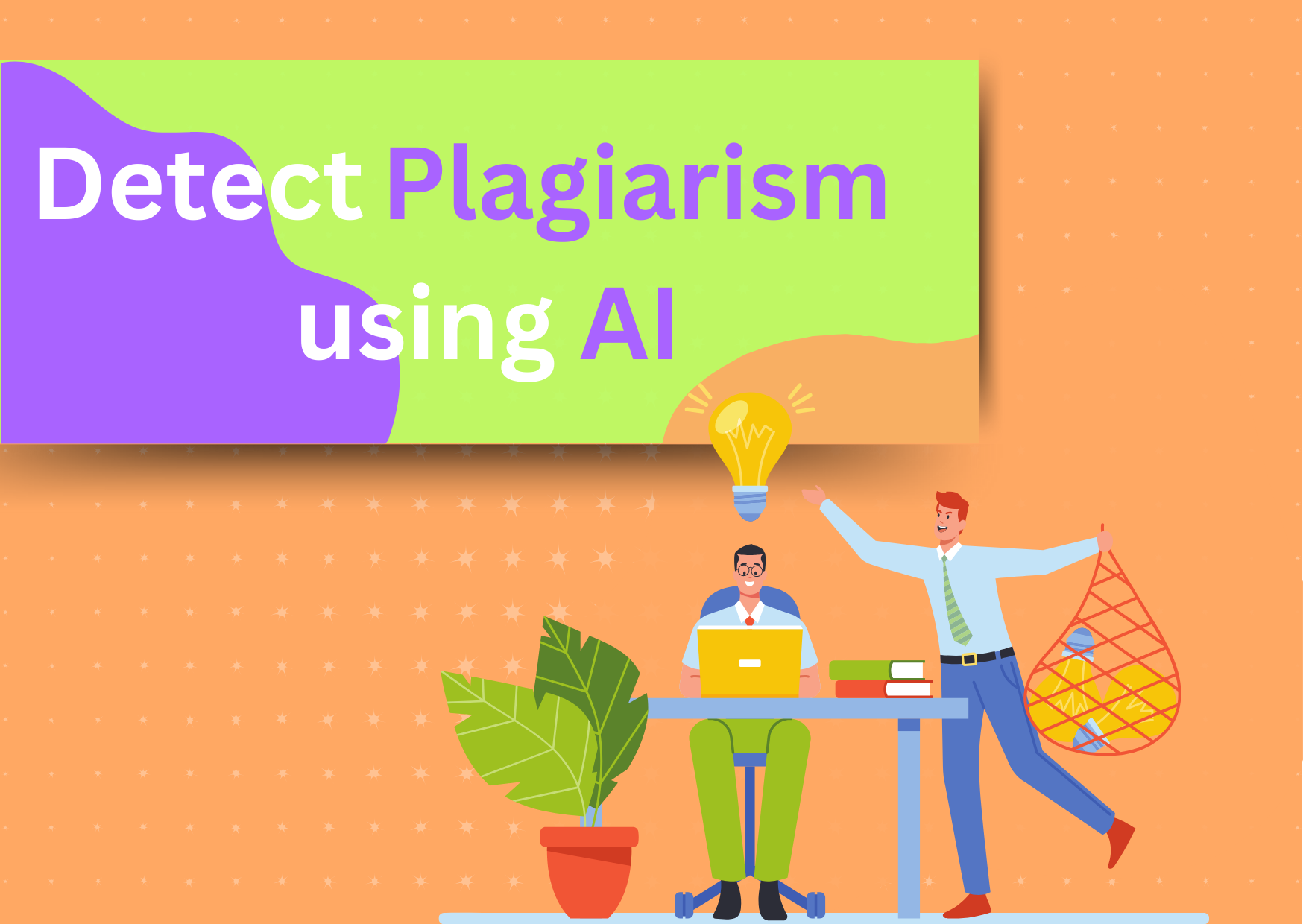How to detect plagiarism using AI?
While there are newer methods capable of detecting AI-generated text with high accuracy, achieving 100% accuracy remains a challenge. Relying on these newer tools can also lead to unintended and severe consequences. While it might be acceptable for a plagiarism detection tool to be lenient and fail to detect students' plagiarized work, a single false positive, where it incorrectly flags an original submission as plagiarized, can potentially permanently damage the teacher-student relationship. In summary, unreliable AI plagiarism detectors pose more risks than benefits.
In an ideal educational environment, students would be inspired enough not to plagiarize at all, rendering the use of plagiarism detection tools unnecessary. However, many effective educators employ a solution to this issue by focusing on requiring students to demonstrate their effort and the process behind their work, in addition to presenting their outcomes. Our tool, Process Feedback, is designed precisely for this purpose, empowering both students and educators by showcasing a student's work as a visual journey.
Image credits: Subodh Dahal (not AI)

Comments
Post a Comment